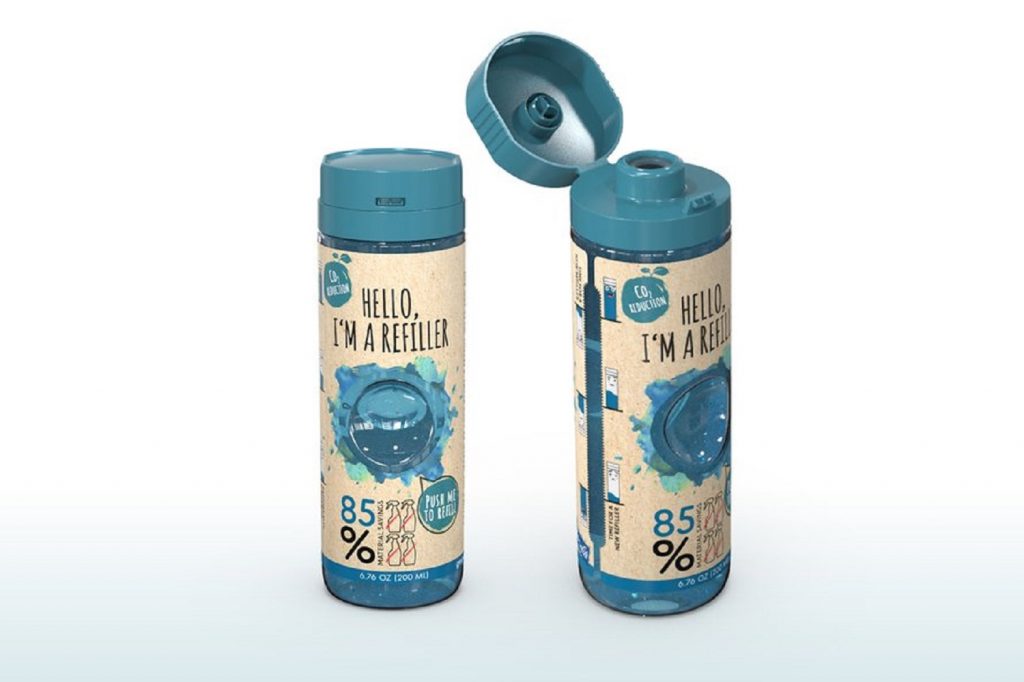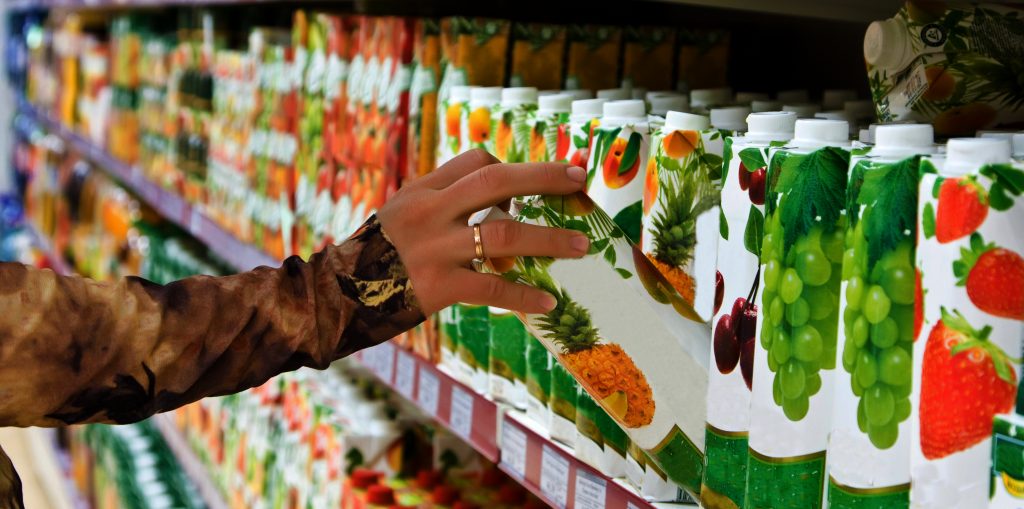Greiner Packaging develops innovative refill solution that reduces use of plastics
The newly developed 200-milliliter refill bottle is made of HDPE, PP, or PET material and weighs just around 16 grams in its original form. It contains 200 ml of concentrate, which later produces ten times its liquid volume across four spray bottle refills. Each safe, 50 ml dose can also be adjusted to 30 ml or 40 ml. This is done through a special valve and a guiding nozzle that fits into all standard spray bottles. Thanks to their shape, the new refill bottles make it easy for consumers to squeeze out their contents in consistent doses – plus, they can be provided with an attractive label. In addition, the nonremovable, hinged snap-on lid is fitted with a safety lock. And a user-friendly level indicator completes the list of practical features. As a result, the newly designed bottle is well placed to meet all current market requirements.




